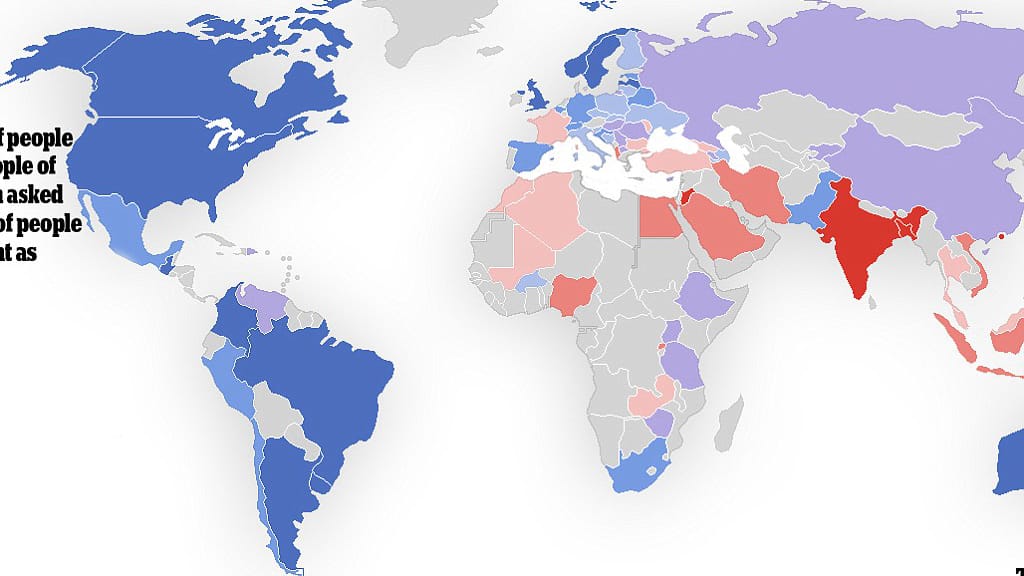The central tenet of so-called “Critical Race Theory” (only a “theory” in the sense of being a ludicrous conspiracy theory) is that America is uniquely, systemically racist. Not just any racism, either: specifically, white supremacist.
Which makes it supremely odd that so many non-whites clamour to live in America. I mean, fancy being a Jew in 1938, trying to get in to Nazi Germany.
What is even odder is just how well so many non-whites fare in America. Better, in fact, than whites themselves.
If America is white supremacist, then it’s pretty shit at it.
Seven of the wealthiest eight ethnic groups in the US today are populations of color.
Yet, affirmative action (which really means, ‘anti-white/Jewish/Asian racism’) still rules supremely in this ‘white supremacist’ nation.
That’s not to say that racism doesn’t exist at all in the United States. But racism exists everywhere. Even black Africans are appallingly racist against other black Africans. As it happens, racism exists least of all in Western nations.

Of course, CRT activists are immune to any and all evidence that contradicts their conspiracy theory. Which is why they have to dig so deep to scratch up even the few vestiges of racism they can gin up.
Entering trickier ground, we may (discreetly) note that discrimination does not always reflect blind irrational bias. While I would still opt not to work with a business that had such a rule in place, common sense compels us to admit that there might be reasons other than “hatred” for a bar owner’s reluctance to usher a group of 100 male Hispanic soldiers into an entirely black or white night club packed full of drunks. At a more serious level, several scholars have speculated that reaction to stereotypically black names on resumés is as likely to reflect perceived affirmative-action effects or class bias as it is racism – and, indeed, one significant study finds no negative effect for middle-class black names. It is only a bit glib to say that, while “Sharkeshia Freeman” may well face discrimination in the professional job market, “Marcus Freeman” probably will not.
As Reilly says, though, easily the best argument against the notion of America as “systemically racist” is just how much blood and treasure its expended to wipe out systemic racism.
Although this is almost never said openly these days, the Civil War and the civil-rights movement are over, and the good guys won both. Back in 1954, the Brown v Board decision brought an end to at least legal de jure segregation, with the government’s writ being enforced, often by armed might. In 1964, the Civil Rights Act made most forms of discrimination civilly if not criminally illegal. Pro-minority affirmative action has been the law of the land since the Philadelphia Plan in 1967. Such diversity-forward programs recently turned 53 years old – and it is rather remarkable how rarely this empirical fact is used as a rebuttal to claims of widespread “white privilege”.
That’ll never be enough to convince a CRT shill, but a reasonable person would surely be convinced of the falsity of ‘systemic racist America’ by the simple fact that non-whites are so successful in America.
People of color are successful in modern America to an almost surprising degree, which is rarely discussed – for different reasons – by either the “social-justice” left or the contemporary hard right. As of 2019, seven of the top 10 American ethnic groups in income terms – Indian, Taiwanese, Filipino, Indonesian, Persian and Arab Lebanese Americans – were “people of color” as this term is generally conceptualized, while an eighth group (South Africans) is composed of both black and white individuals. First-place Indian Americans have almost double the median white household income, earning roughly $127,000 vs $65,902 on average for legacy whites. Chinese and Japanese Americans are not far behind, while Nigerians brought in a tidy salary as well ($68,658) and also ranked as the most educated group in the United States.
Many black immigrant groups besides Nigerians have also done well, with Ghanaians and the Guyanese coming in well above the white median income. All West Indians combined ($65,258) are just a few dollars behind whites.
To the objection that, “Those aren’t black Americans”, one could simply point out a white supremacist is hardly likely to be less prejudiced against a black person just because they have a different accent.
The relevant question for scholars and public intellectuals today is not whether racism remains real (yes), but how large its effect actually is in a 39 per cent minority society where 92 per cent of white people appear not to be serious bigots. The honest answer appears to be: “not huge”.
Commentary
But CRT activists and scholars will never admit that, for the simple reason that a problem solved is an existential crisis for an activist. The indisputable data about Nigerian and West Indian success in America is an existential challenge to CRT.
And to its proponents – who’d not only likely lose their lucrative academic sinecures, but the millions in income from their discredited books. The hundreds-of-thousands of dollars per shot speaking gigs would dry up.
As Thomas Sowell said, “racism” is being kept on life support, because, without it, so many people would be out of a job.










